Small trial suggests limited short-term benefit from 0.1% pilocarpine mouthwash for xerostomia
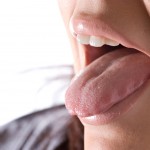
Xerostomia is a subjective sensation of dry mouth, this is a common symptom particularly in older adults and has a variety of causes. Pilocarpine is a cholinergic agonist that non-selectively binds to muscarinic receptors in smooth muscles in the gastrointestinal, urinary and pulmonary systems and stimulates the production of secretions from the salivary and sweat [read the full story…]
Trial found similar outcomes with total and partial caries removal in primary molars
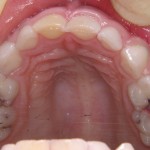
The aim of this study was to compare 24-month pulp health outcomes of partial caries removal (PCR) and total caries removal (TCR) with composite restoration in primary molars. Children (3–8 years), in good general health and amenable to treatment, with at least one molar with acute, deep carious lesion into dentine were included. The teeth [read the full story…]
Review suggests that autotransplantation of teeth with complete root formation have favourable outcomes
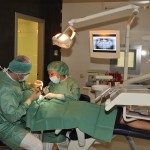
Autotransplantation of teeth has been carried out for many years and the 1990s saw clarification of the prognosis and risk factors together with proposed standard surgical procedures. The aim of this review was to assess the outcomes of autotransplanted teeth with complete root formation and the effects of various influencing factors. Searches were conducted in [read the full story…]
Insufficient evidence that probiotics can prevent caries, but they can reduce the mutans streptococci counts in the short term

Probiotics have been used in the management of a wide range of conditions and have been shown to have a beneficial effect in gastrointestinal disease for example. A potential role in the prevention of caries has been suggested and the aim of this review was to evaluate the caries preventive effect of probiotics. Searches were [read the full story…]
Review suggests lower complication rates with 3D miniplate fixation of mandibular angle fractures compared with standard miniplates
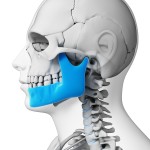
Mandibular fractures are relatively common and about 12-40% involve the mandibular angle. The use of three-dimensional (3D) strut plates is increasingly being suggested as an alternative to conventional miniplates. The aim of this review was to assess whether there was a difference in clinical outcomes between standard and 3D miniplates in the management of mandibular [read the full story…]
Antibiotic prophylaxis in surgery – SIGN Guideline 104

The Scottish Intercollegiate Guidelines Network (SIGN) has just launched their updated guideline on antibiotic prophylaxis in surgery. SIGN’s first guideline of this topic (SIGN 45) was published in 2000 and updated in 2008. The guideline does not aim to provide every surgical speciality with a comprehensive text on preventing surgical site infection (SSI), but rather [read the full story…]
Little evidence available on treatments for iatrogenic injury to inferior alveolar or lingual nerves
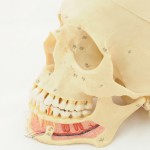
The lingual and inferior alveolar nerves are potential at risk of damage during some oral and maxillofacial surgery procedures. Fortunately the majority are temporary, with resolution taking place within 8 weeks. Injuries of 6 moths or greater are considered permanent and a range of techniques have used. The aim of this review was to evaluate [read the full story…]
Easter Break
Study suggests that a risk based non-operative caries treatment and prevention approach may be more cost effective than traditional approaches

Sadly caries remains a significant public health problem across the world, particularly in children. The aim of this study was to assess the cost-effectiveness of caries treatment and prevention strategies in the Netherlands. The study was conducted alongside a randomised controlled trial (RCT) evaluating the effects of two caries prevention strategies compared with regular dental [read the full story…]
Study suggests increased failure risk in root treated teeth with less coronal structure restored with fibre post
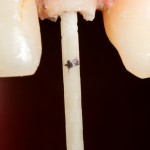
The aim of this study was to assess whether the amount of residual coronal structure and the type of cement used for fibre post luting (self-adhesive cement vs. composite core material) affected the four-year survival of root-filled premolars. Patients requiring endodontic treatment and single-unit crown restoration of premolars were eligible. Patients were divided into two [read the full story…]

